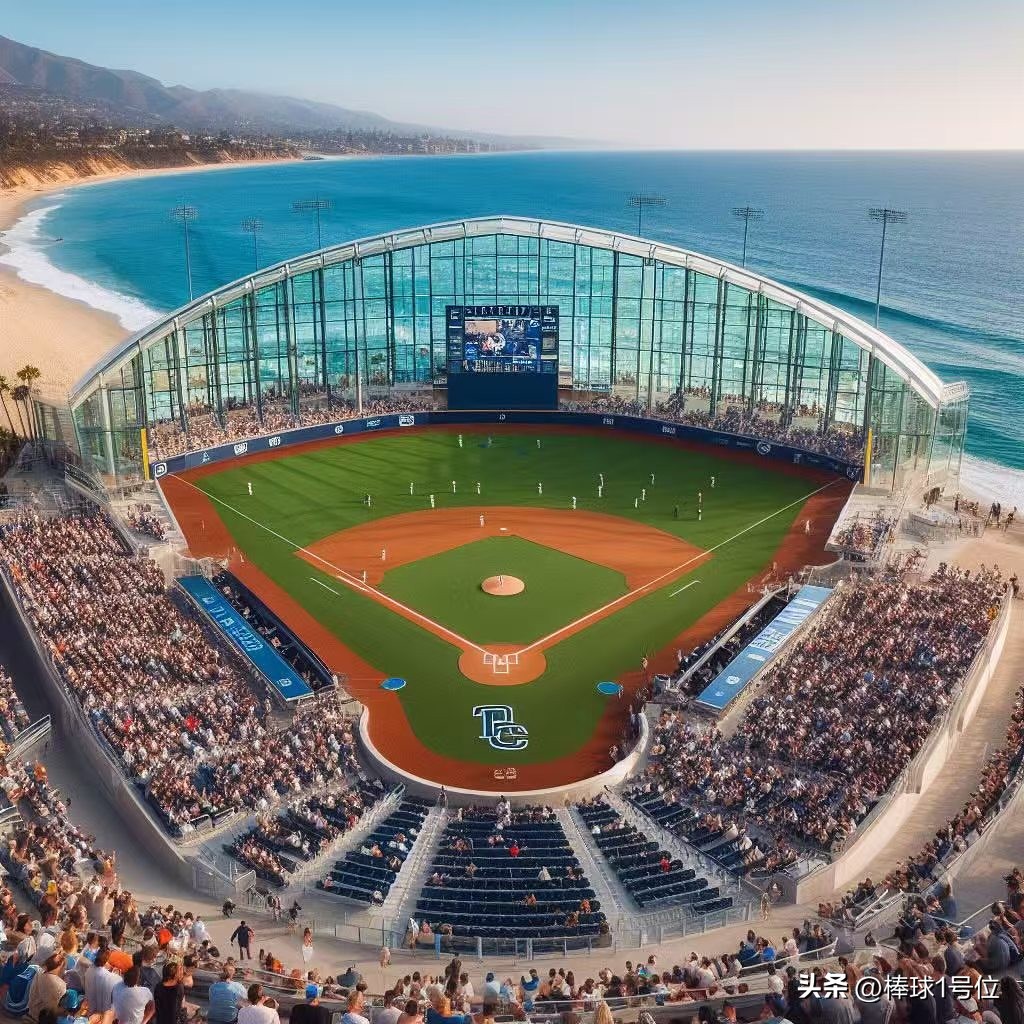"Baseball Encyclopedia" NCAA baseball system baseball No. 1 position
NCAA Baseball Hierarchy | NCAA Baseball Division Structure
1. NCAA Division I
Number of schools: about 300
Number of Schools: Approximately 300
Features: Highest level of competition, full scholarship available, main source of professional players.
Features: Highest competition level, full athletic scholarships, primary source of professional players.

Tournament: College World Series (CWS), finals in Omaha.
Championship: College World Series (CWS), held annually in Omaha.
Scholarship cap: A maximum of 11.7 full scholarships per team (split).
Scholarship Limit: Up to 11.7 full scholarships per team (can be divided).

2. NCAA Division II
Number of schools: about 260
Number of Schools: Approximately 260
Features: Balance between academics and sports, fewer scholarships, focus on regional competitions.
Features: Balance academics and athletics, partial scholarships, regional competition focus.
Tournament: DII College World Series, single-elimination system.
Championship: DII College World Series, single-elimination format.
Scholarship Cap: A maximum of 9 full scholarships per team.
Scholarship Limit: Up to 9 full scholarships per team.

3. NCAA Division III
Number of schools: about 400
Number of Schools: Approximately 400
Features: No sports scholarships, purely amateur in nature, emphasis on academic participation.
Features: No athletic scholarships, purely amateur, emphasizes academic involvement.
Tournament: DIII College World Series, Double Elimination.
Championship: DIII College World Series, double-elimination format.
Season length: Usually shorter than DI and DII.
Season Length: Generally shorter than DI and DII.

Additional Notes | Additional Notes
Recruitment Criteria: DI has the highest requirements for athletes, while DIII places more emphasis on academic performance.
Recruitment Standards: DI has the highest athletic requirements, DIII prioritizes academics.
Transfer rules: DI players are subject to strict eligibility checks when transferring to schools, while DII/DIII is more flexible.
Transfer Rules: DI transfers face strict eligibility reviews; DII/DIII are more flexible.
Career Paths: DI players often enter professional leagues through the MLB draft, while DII/DIII players often choose academic or niche leagues.
Career Path: DI players often enter MLB Draft, while DII/DIII players pursue academics or minor leagues.


Wonderfulshortvideo

💪💪



I wish someone just once in my life hypes me up like this



It never fails



Safe to say he’s had some experience over the years



This new duo has been entertaining to watch this weekend



Woah! @Capital One



We gotta know the beef








 Links
Links
 Contact
Contact
 App
App


